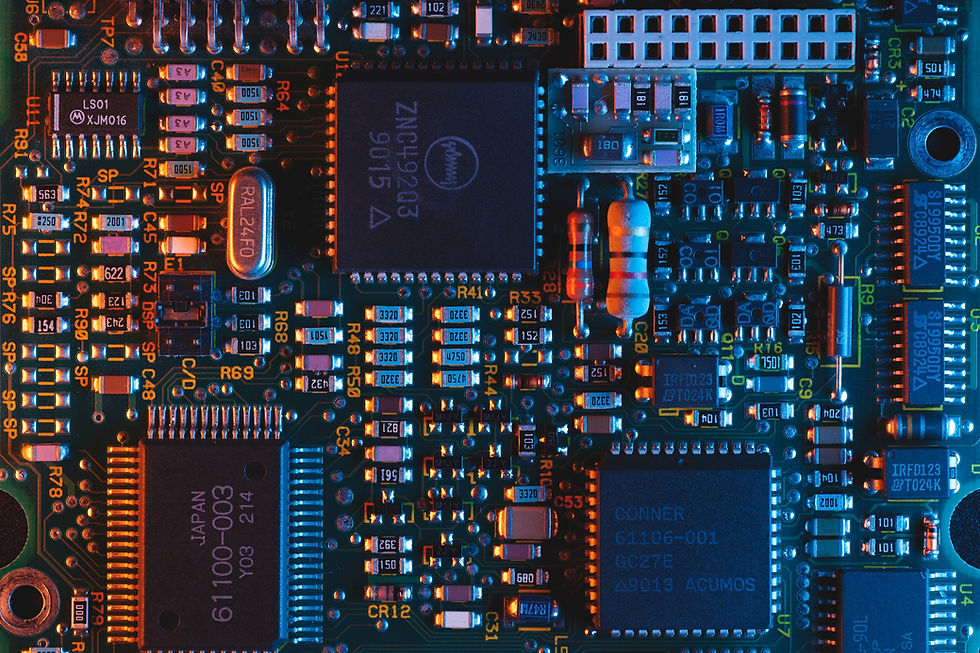Test-Driven Development and Unit Testing
Course overview:
The Test-Driven Development process implies in its purest form: 1st, define what/how the feature shall be tested and its interface; 2nd, implement the test, 3rd, implement code forming the feature and make its test(s) to pass; finally, 4th, refactor the code in order to fit into an appropriate standard - i.e., an architecture. The driving force behind TDD is the Unit Test.
The principal goal of unit testing, in embedded systems, is to take the smallest piece of testable code in an application - e.g., a device driver. Then isolate it from the rest of the code, and determine whether it behaves as expected. Chiefly it is the outer observable behavior we are verifying. Each unit is tested separately before integrated into higher order modules. Unit testing has proven its worth in that a large percentage of defects are identified during its use. In addition, a Unit Testing framework acts, like GoogleTest, as a robust regression mechanism, giving confidence to the developer that existing functionality, if broken, will be detected immediately.
Goal/Benefits:
This two-days training provides the participant with a number of concepts around TDD in terms of unit testing:
▪ Test-Driven Development – TDD
▪ Decoupling
▪ Software Architecture with Testability in Mind
▪ Embedded TDD Strategies
▪ DRY: Don’t Repeat Yourself!
Audience/Participants:
This training is aimed for embedded system software designers/C-programmers dealing with development of new features, as well as maintaining existing legacy systems.
Course Outline:
1 | Test-Driven Development – TDD Product Development in Industry Realities of Embedded World TDD in a Nutshell TDD’s Relation with Traditional Development Model What TDD is not |
2 | Designing Code with Testability in Mind An Example System: Traffic Light Requirements and Use Cases for Traffic Light TDD Steps for Traffic Light How Design evolves in TDD Project View of Traffic Light Dual Targeting: what, why and how De-coupling Introduction |
3 | The Art of Decoupling What, Why and How Evidences of Decoupling Types of Decoupling Patterns for Decoupling Applying mocking to verify correct behavior Cohesion What, Why and How Types of Cohesion |
4 | Embedded TDD Strategies The Embedded Challenge Embedded TDD Stages Dual Targeting – Host versus Target Environment Dealing with Legacy Code: What and Why How: Refactoring Steps for Legacy Code |
Harald Lüning
Course leader for ""Test-Driven Development and Unit Testing"" and C/C++ courses:
Harald Lüning is one of our top course leaders, and has extensive practical and theoretical experience in C/C++ programming, object-oriented system development, and test-driven development





